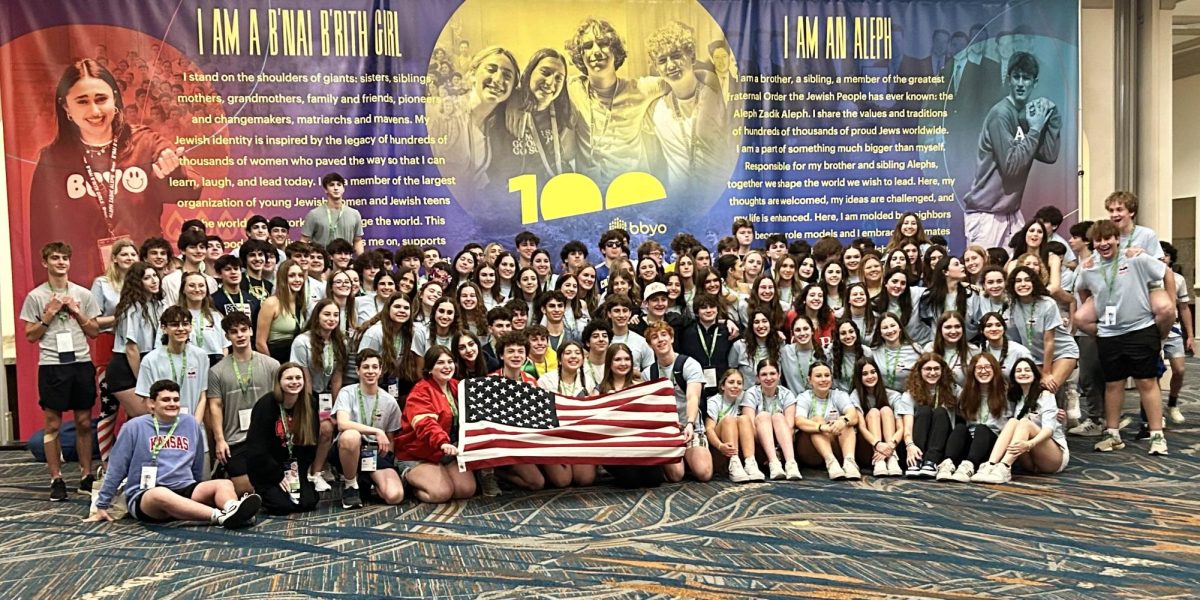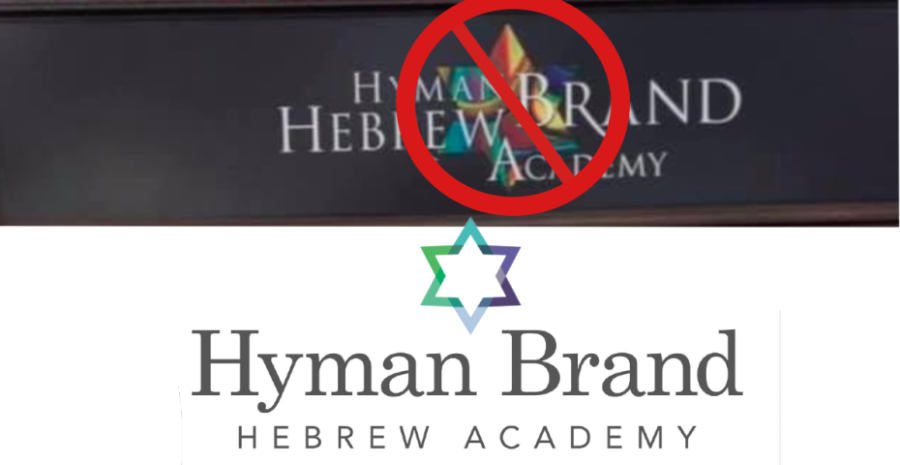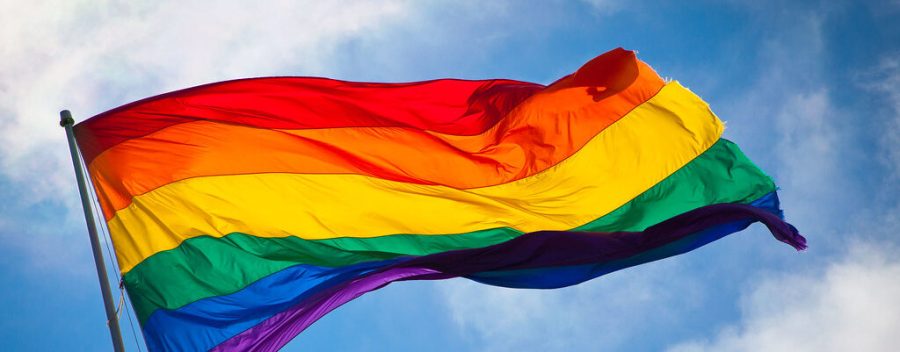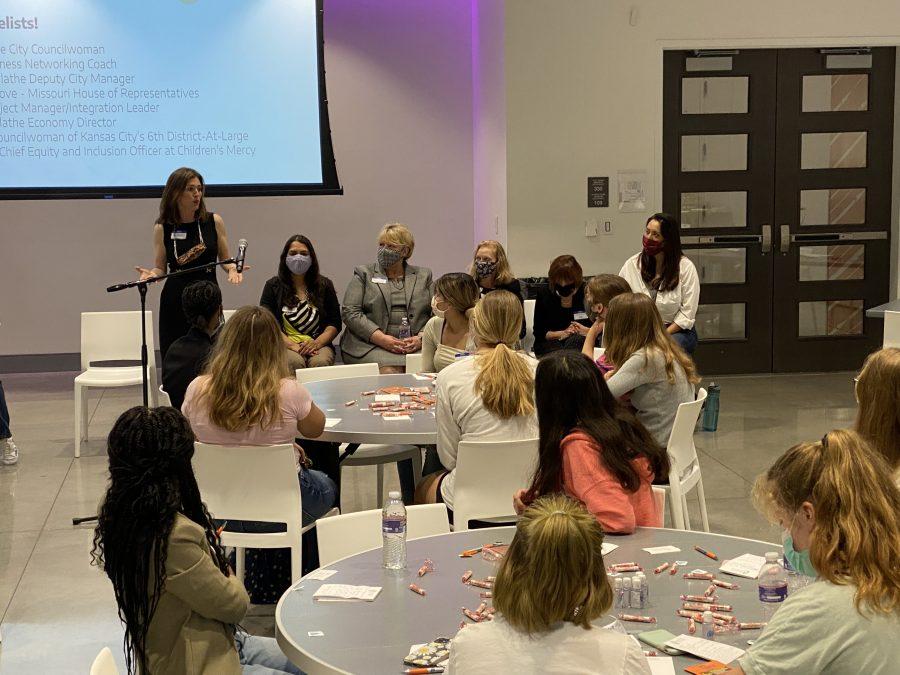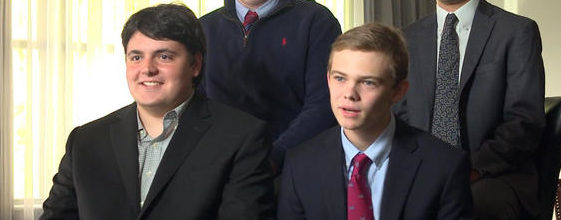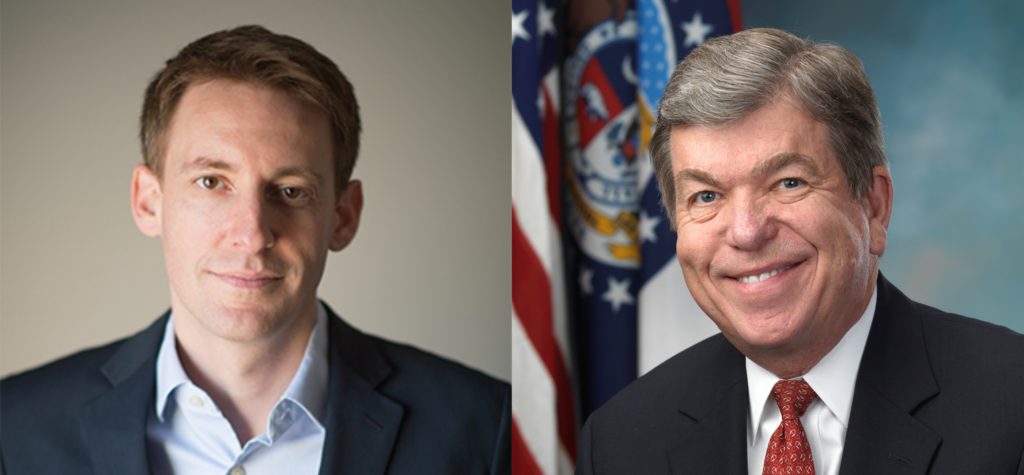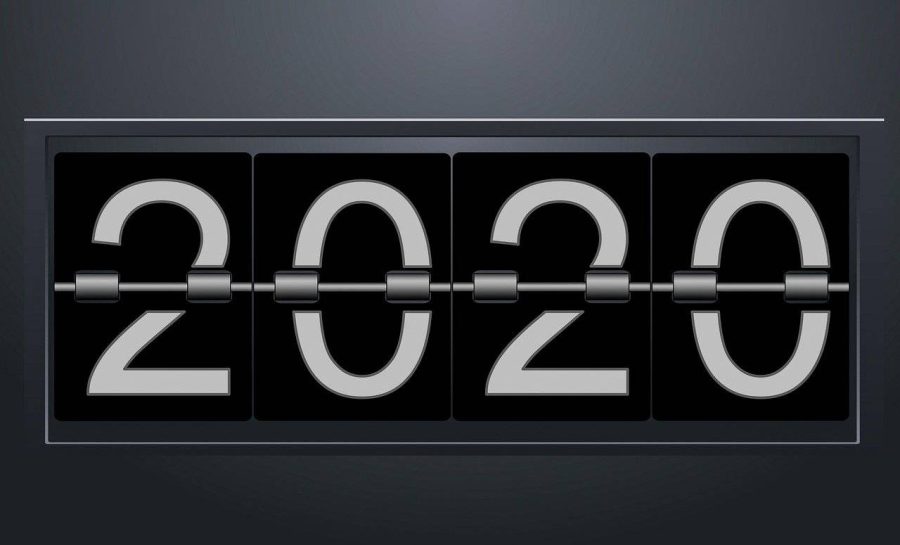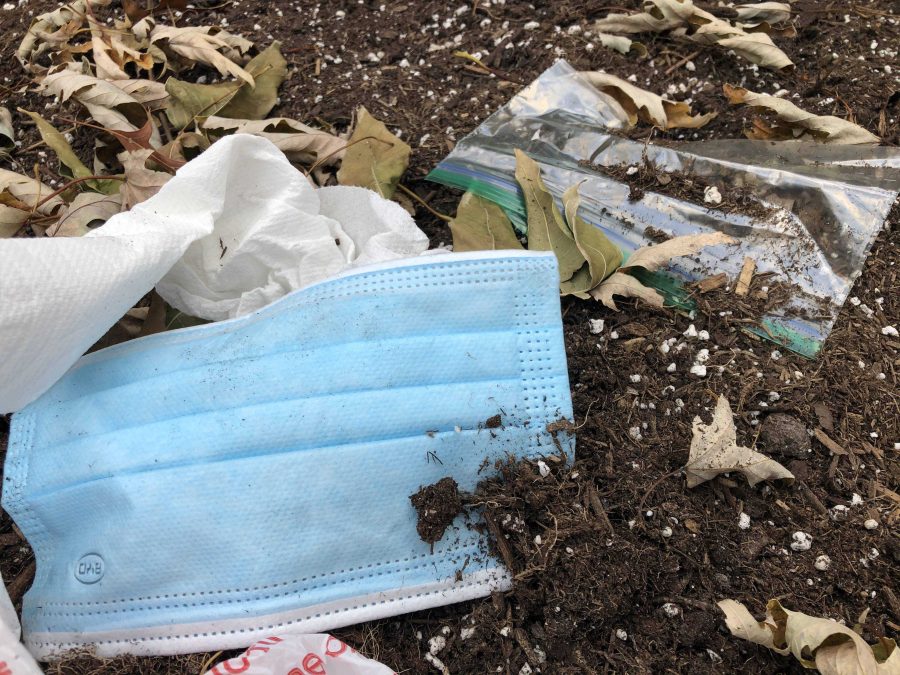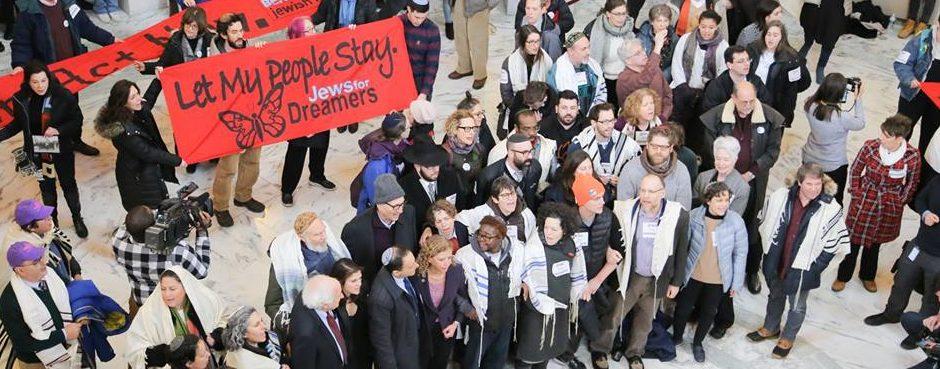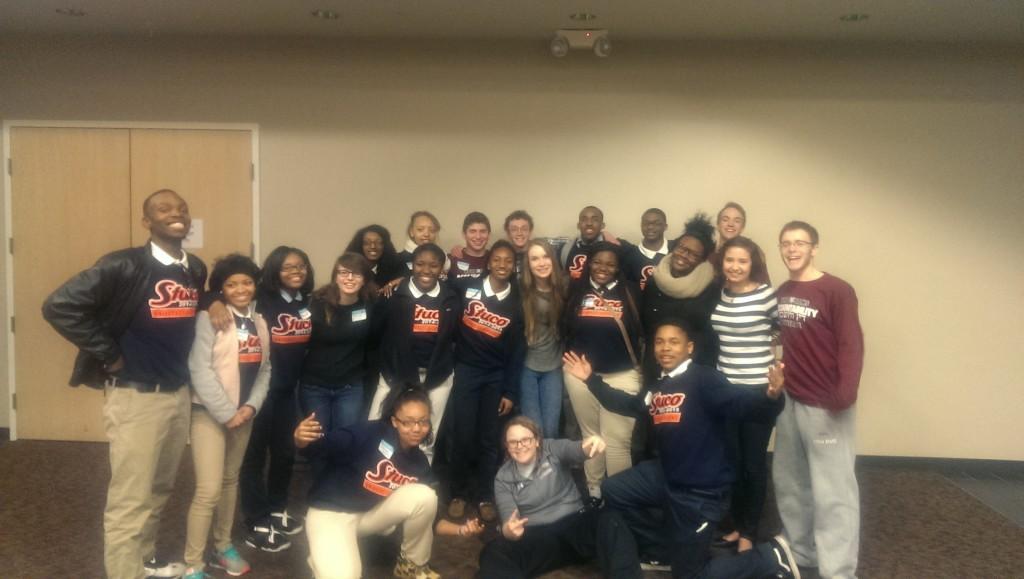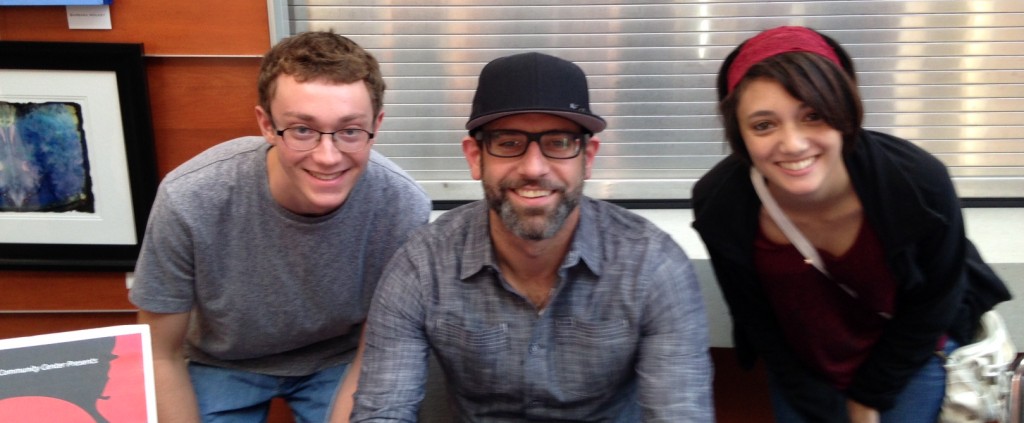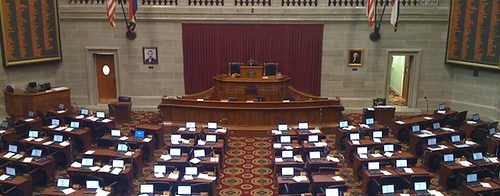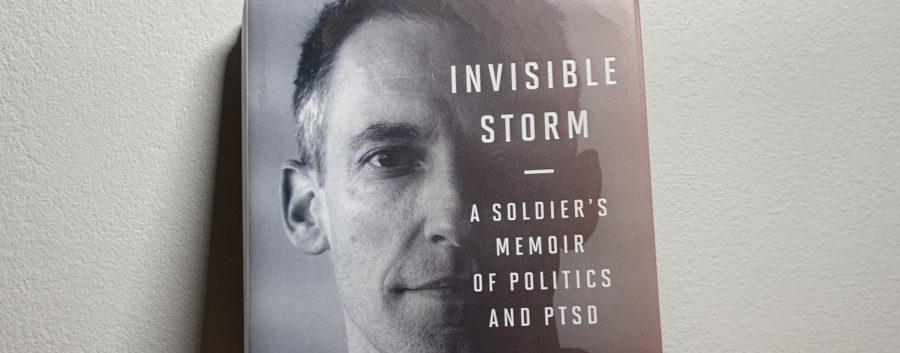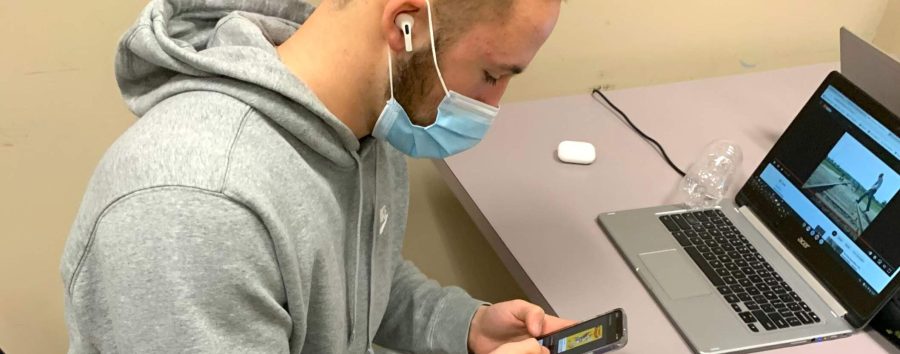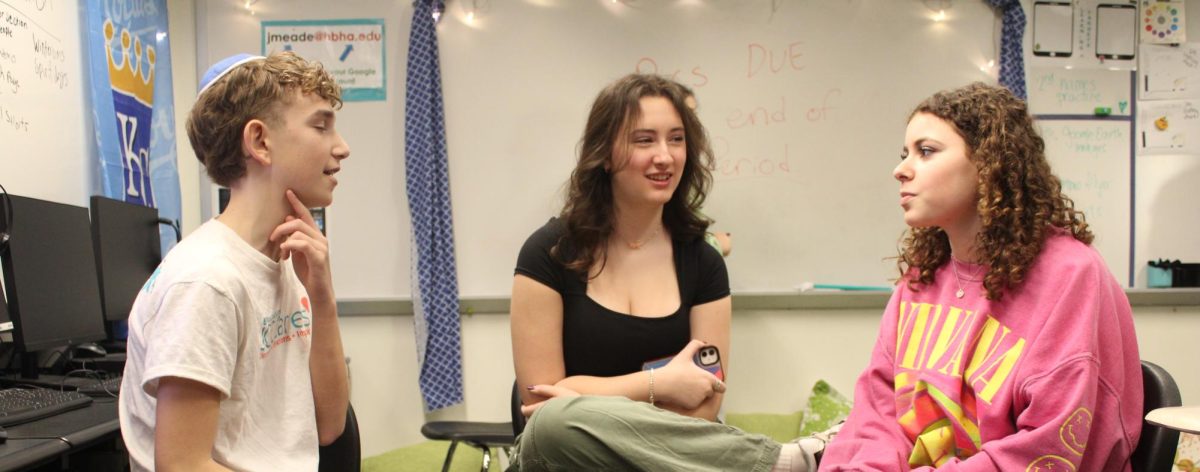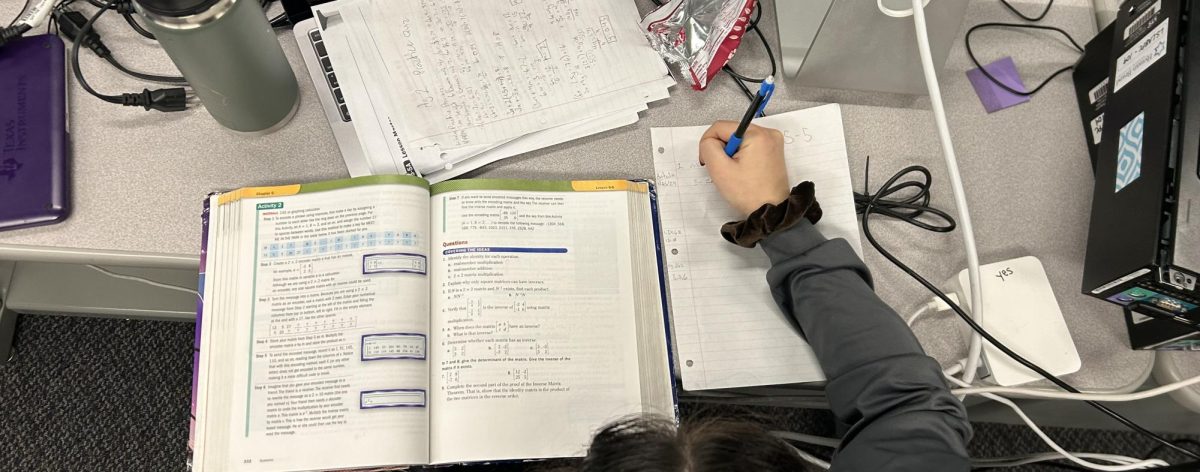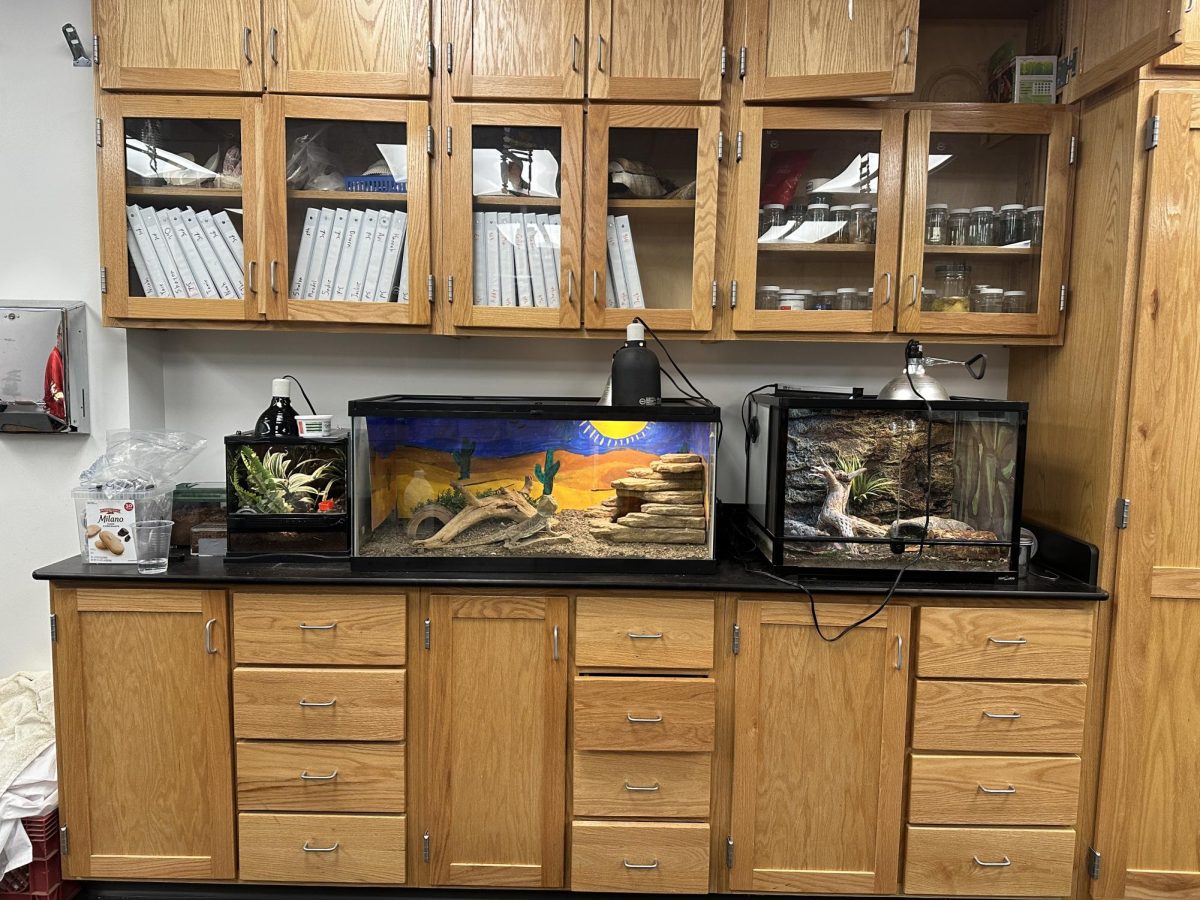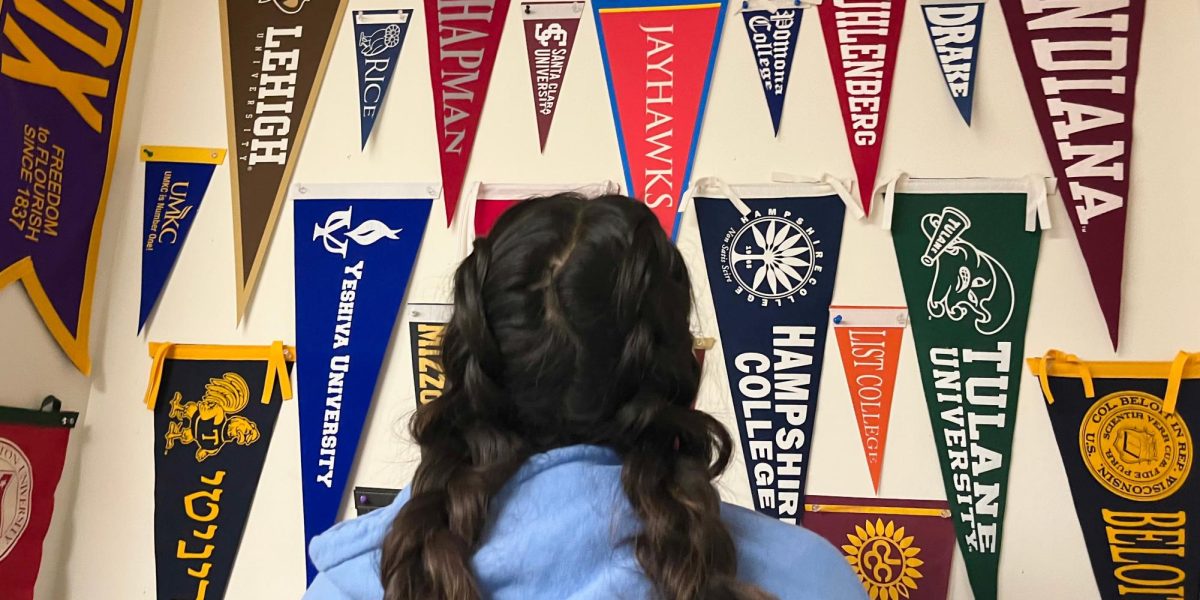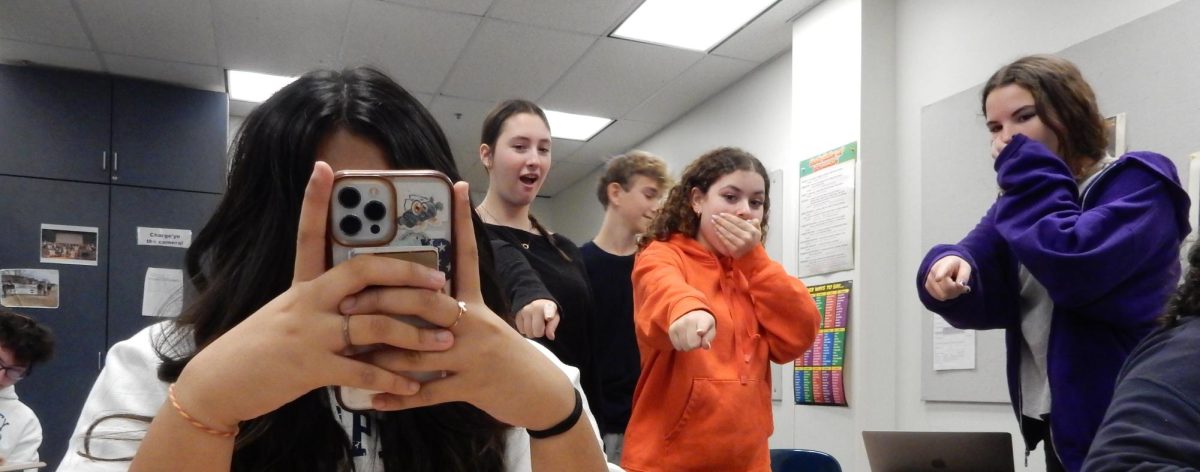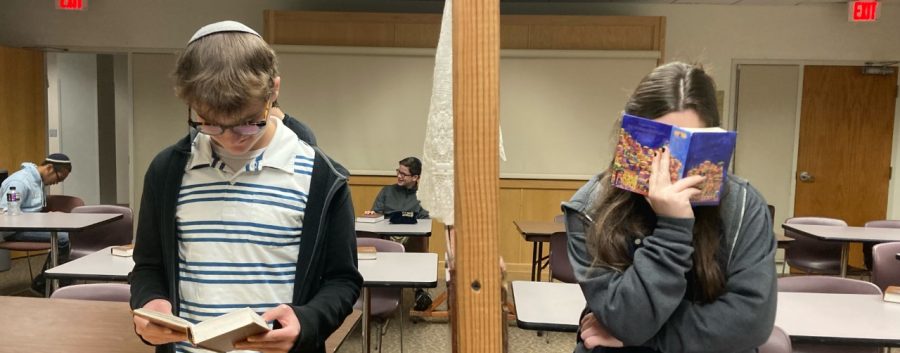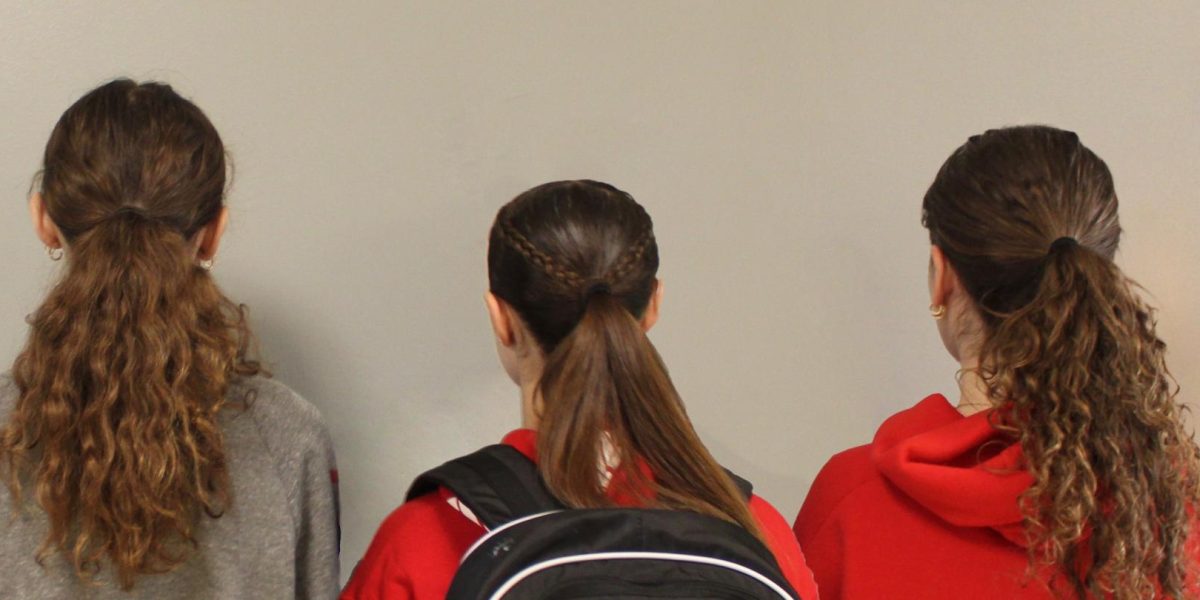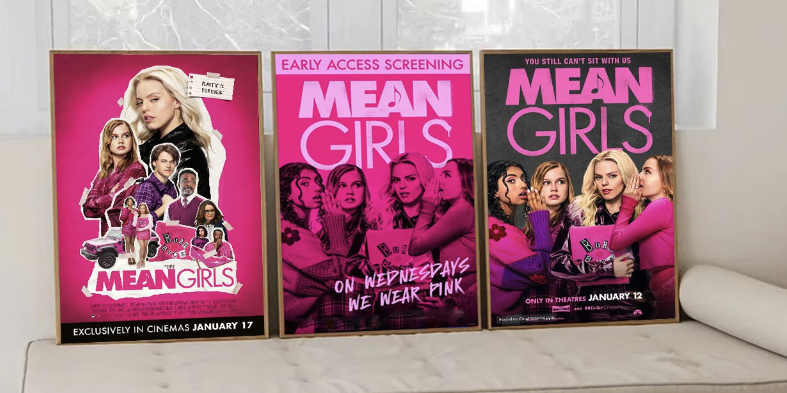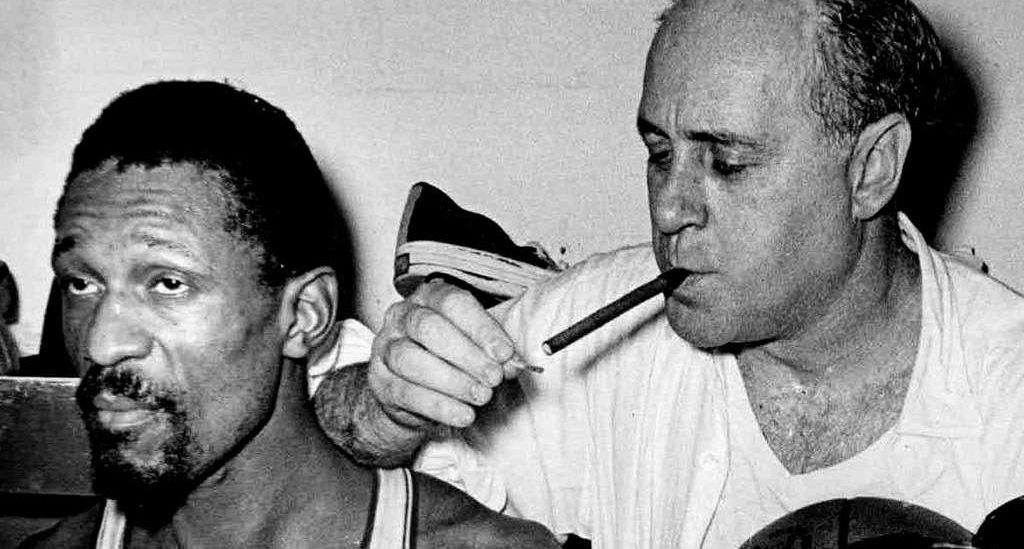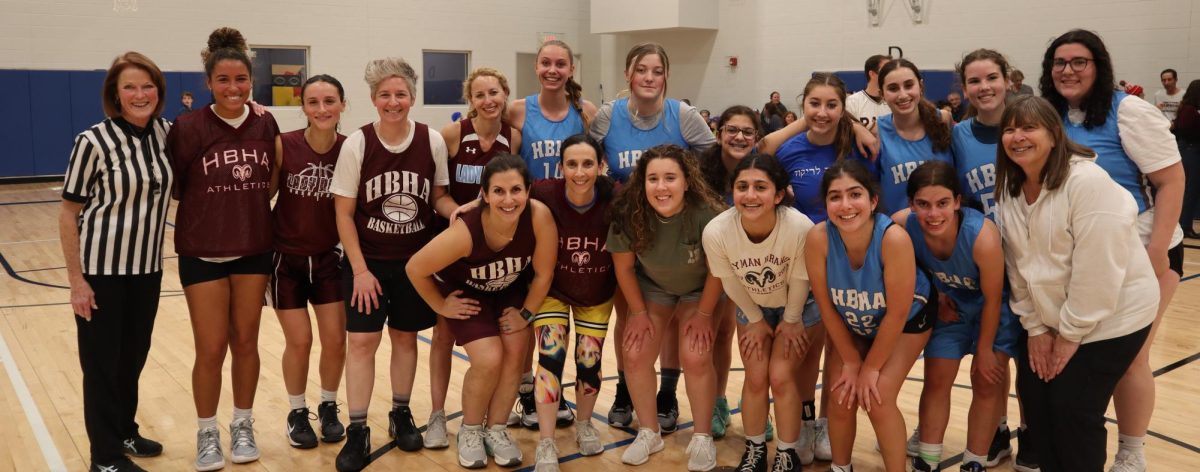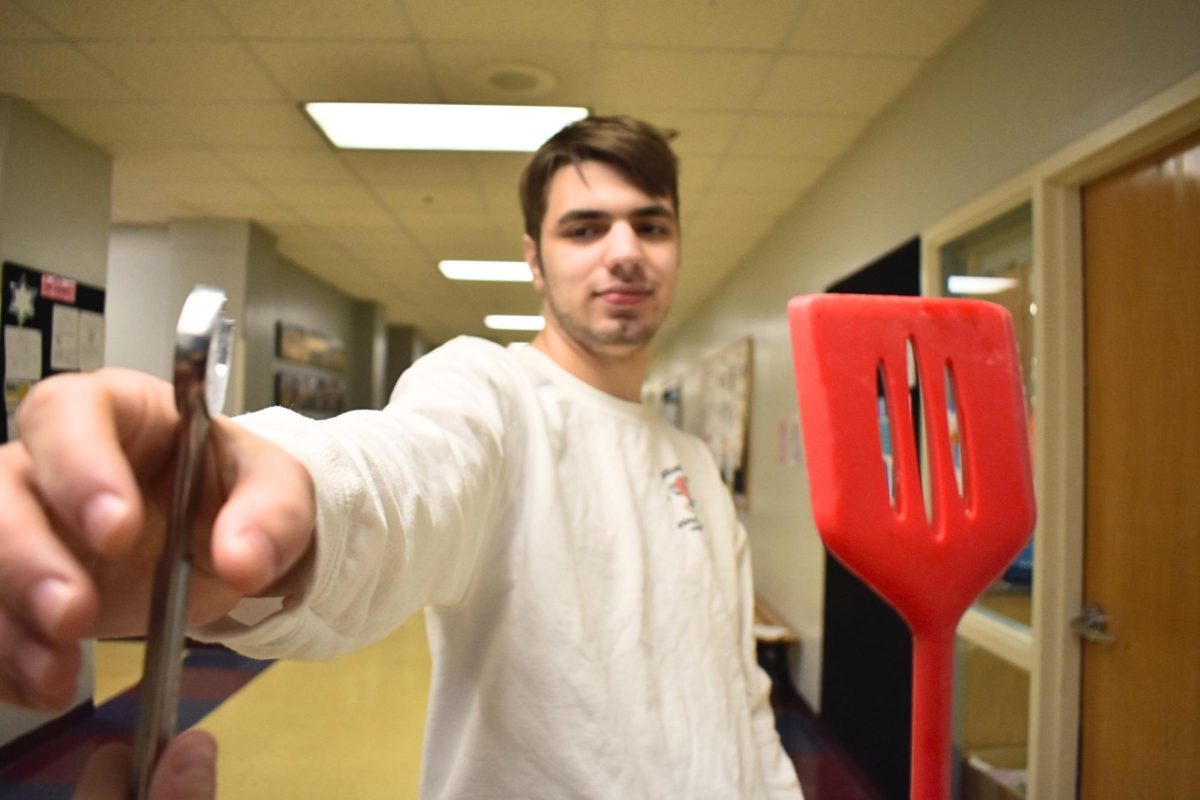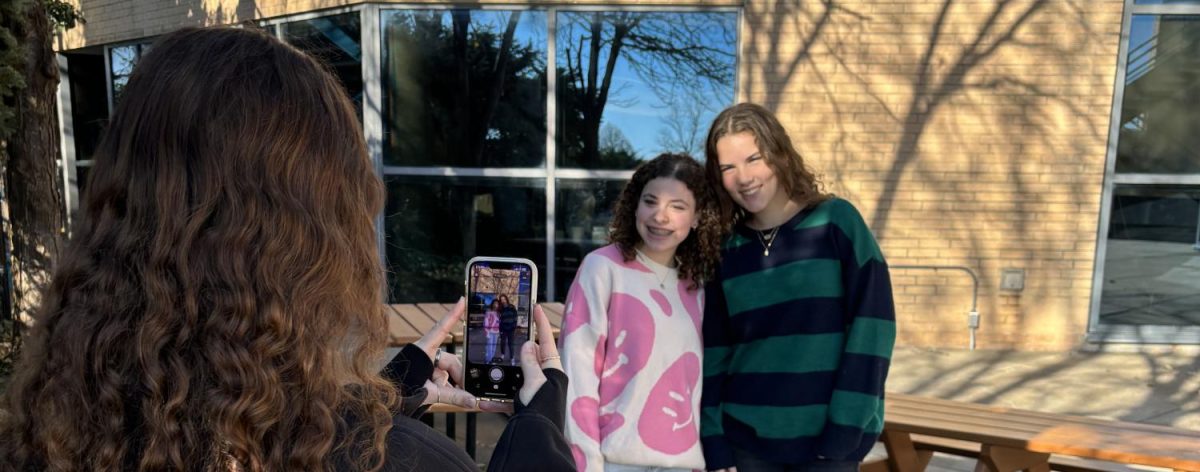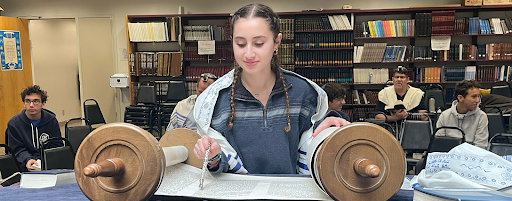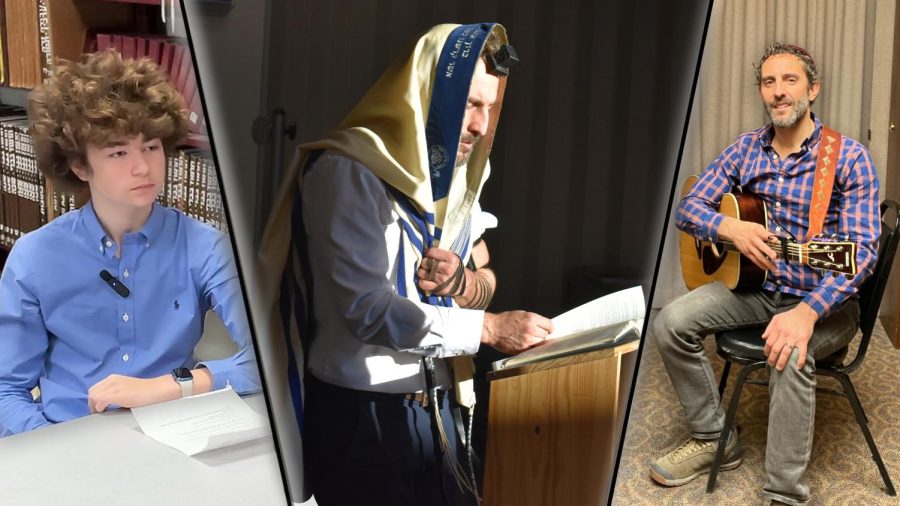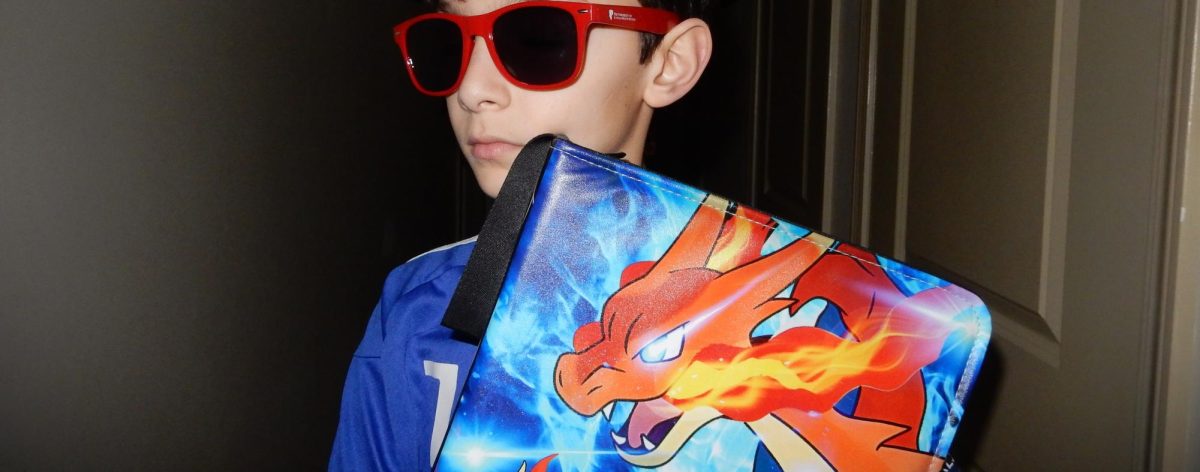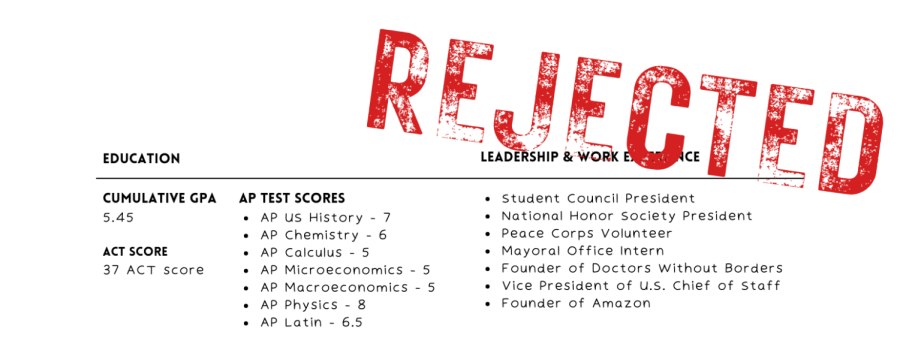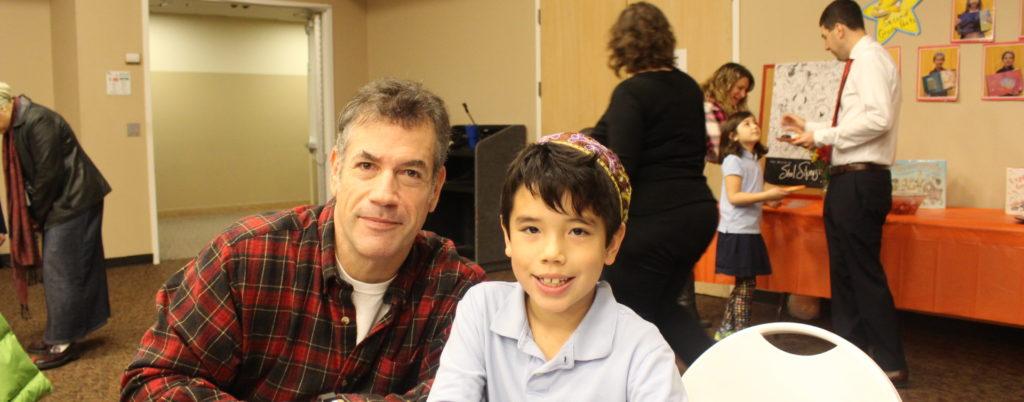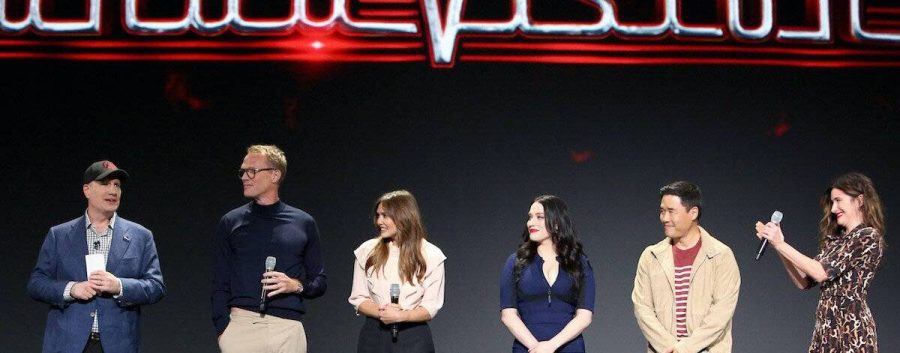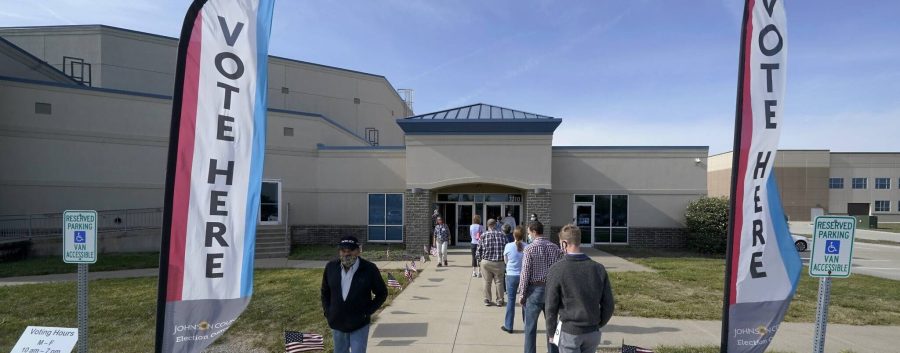In a world where the entirety of human knowledge lies at our fingertips and where information travels faster than ever before, the media and news outlets worldwide have take up a special burden. Even a century ago, when news was still spread by means of physical newspapers, the media had a special task in society: to bring unbiased and unadulterated facts to the public, and the facts only. While it is true that there seems to be an abundance of fake news surfacing today, this is not a new phenomenon – we, as a society, have been dealing with fake news for centuries.
Picture New York City in 1899 – smoke from countless factories hangs low over the city, and the streets are crowded and dirty, teeming with workers young and old. The calls of newsies pierce the air on every block – young boys hawking the headlines of papers such as the New York World and the New York Journal, selling their wares for a penny a paper.
These boys were an oft-ignored sector in the fabric of turn-of-the-century society; though their contribution may have seemed small, without them news could not have been able to travel. However, they relied on the news as much as the news relied on them – if the headlines were boring, no one would buy them. Consequently, the newsies took up the habit of making up headlines in order to attract customers.
Disney’s 1992 movie Newsies, based on the real newsies strike of 1899, explores this reality for not much more than a moment. When confronted by a fellow newsie for making up a headline, Jack Kelly, the protagonist, replies by simply stating that “it ain’t lyin’. It’s just a matter of improvin’ the truth a little”.
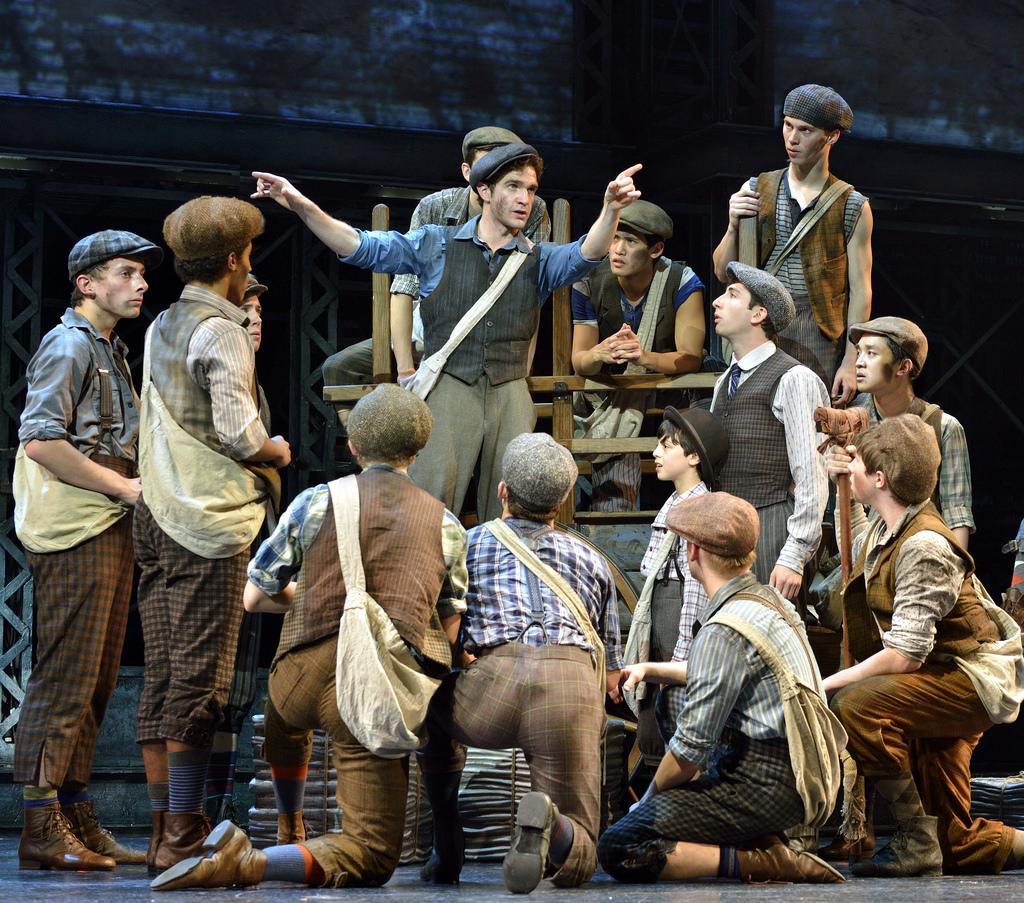
The casual nature with which he approaches deceiving the public is portrayed in the movie as irrelevant to the plot, but taken in the context of the real world, it is simply another instance of the media using its power to meet its own ends.
This was not restricted to the newsies – around the turn-of-the-century, muckraking journalism, journalism that was intended to expose political scandals, reveal hidden truths, or highlight injustices around the country, was becoming increasingly popular. And while some muckrakers managed to use their audiences to effectuate real change, like new food safety laws or an increase in urban sanitation and housing, some simply spread false scandals that set rumors into motion, affecting the way that citizens would vote.
Disney created this one fake news moment in its production, and while fictional, it mirrors countless identical events that have been occurring for hundreds of years, and are still occurring today.
Back to the present. New York is still crowded and dirty, and throngs of workers still fill the streets. But the once-constant cry of the newsies is gone, replaced by smartphones in everyone’s hands and laptops in their bags. Now the newspaper giants are international and far more accessible, without the newsies functioning as middlemen. This shift eliminates half the problem. Now, there are no more newsies to hawk fake headlines. All should be well, and news should be reliable, right?
Unfortunately, it is not so. Modern media outlets have found their own way to compensate for the lack of lies (or exaggerations, as Jack Kelly would put it): publishing fake news to start with. And because we now live in an age of mass media, we see those fake headlines touted on TV, in magazines, and on social media platforms.
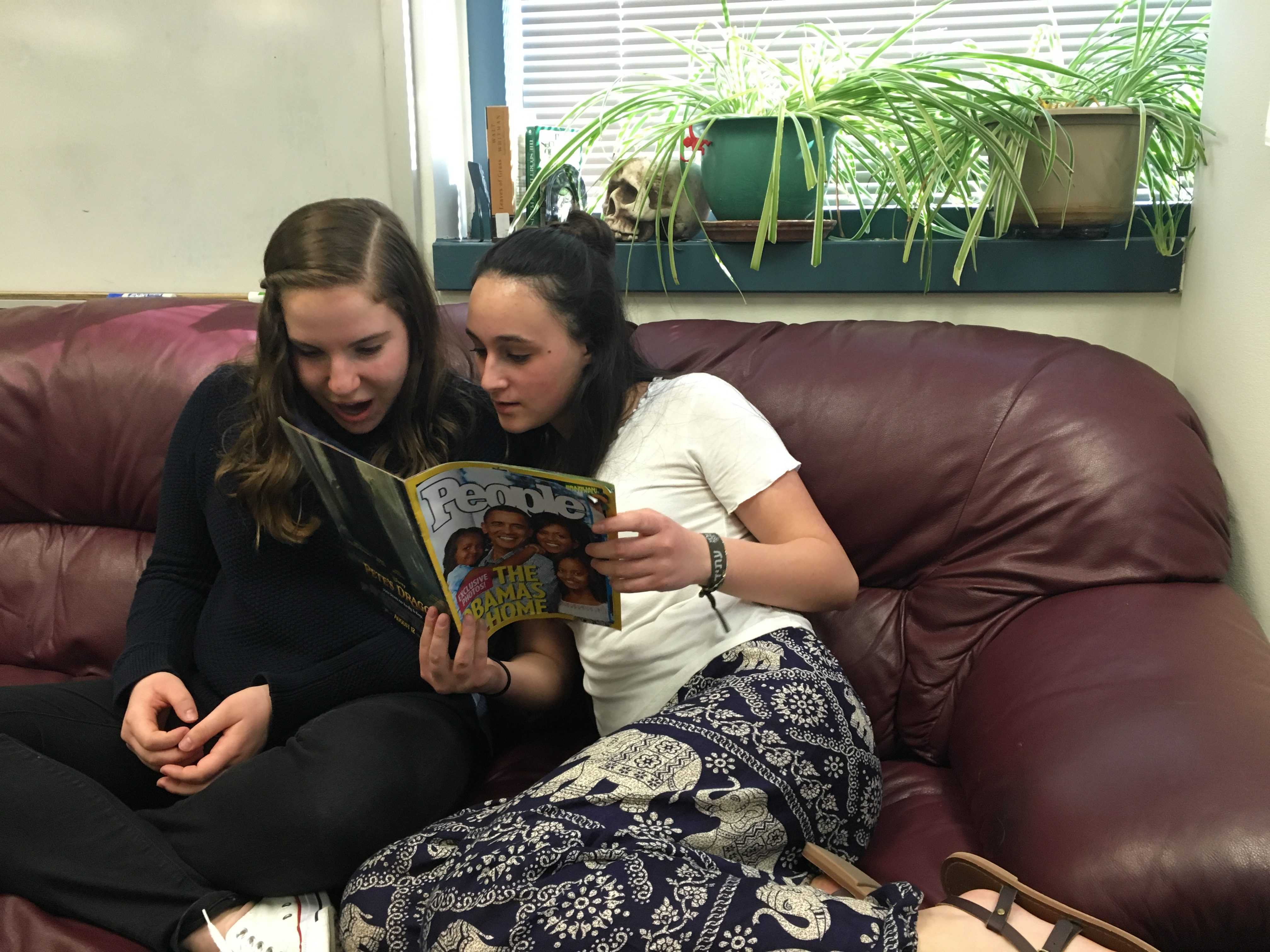
For example, as 2016 drew to a close, Hasan Minhaj, Senior Correspondent on Comedy Central’s The Daily Show, listed his top three favorite fake news headlines of the previous year that had been treated as truth (at least, at some point). His list includes the WikiLeaks claim that Former Secretary of State Hillary Clinton sold weapons to Muslim extremists groups such as Islamic State In Syria (ISIS), an old quote from Donald Trump that reads “If I were to run, I’d run as a Republican. They’re the dumbest group of voters in the country,” and finally, that the Pope himself endorsed Donald Trump.
No matter how you dice it, it is glaringly obvious that fake news is not a solely modern problem. In this instance, history is repeating itself over and over again – fake news is not something invented by the social media or perpetrated over internet alone. As a society, we have been dealing with this for ages. Whether its through word of mouth or big flashy headlines that pop up online, fake news has been an ever-present ill that cannot be ignored.



